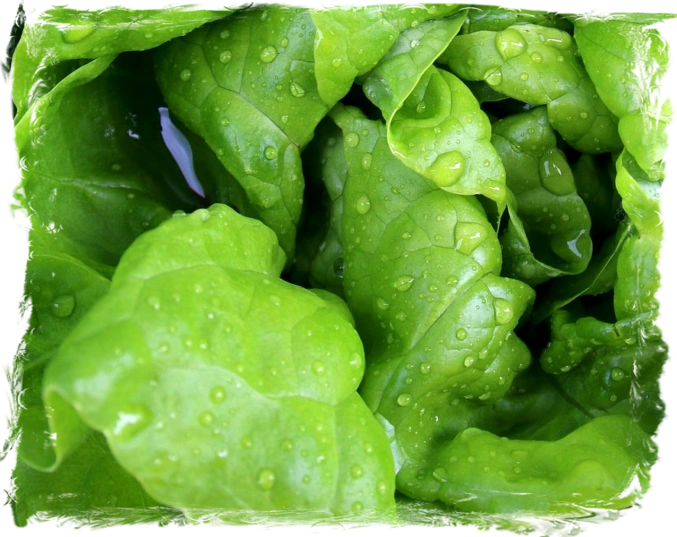The Lettuce
Lettuce, scientifically known as Lactuca sativa, has a rich and ancient history that dates back to ancient Egypt, where it was cultivated for its crisp leaves and nutritional value. Its cultivation spread throughout the Mediterranean region and eventually reached other parts of the world through trade and exploration. Lettuce gained popularity in Europe during the Renaissance and became a staple in many cuisines worldwide due to its versatility and adaptability to various climates.
Cultivating lettuce requires attention to several key factors to ensure optimal growth and yield. Typically grown as an annual, lettuce thrives in cool weather and requires well-drained, fertile soil with a pH level between 6.0 and 7.0. Direct seeding or transplanting seedlings can be done depending on the local climate and preference. Regular watering is crucial, ensuring the soil remains consistently moist but not waterlogged. Mulching can help retain soil moisture and suppress weed growth.

Scientific Name - Lactuca sativa
Here are some best planting and gardening practices for lettuce:
- Choose a sunny location with partial shade, especially in warmer climates.
- Prepare the soil by incorporating organic matter such as compost to improve fertility and structure.
- Sow seeds thinly and evenly, covering them lightly with soil, or transplant seedlings with care to avoid disturbing the roots.
- Space rows approximately 12 to 18 inches apart, allowing sufficient room for growth and airflow.
- Thin seedlings to proper spacing once they have established a few true leaves to prevent overcrowding and competition for resources.
- Apply a balanced fertilizer periodically according to soil test recommendations or plant needs.
- Monitor for pests such as aphids, slugs, and snails, employing organic or chemical controls as needed.
- Harvest leaves when they reach desired size and texture, typically before they bolt or become bitter.
Following these guidelines can lead to a successful lettuce harvest, providing crisp and flavorful leaves for culinary enjoyment throughout the growing season.